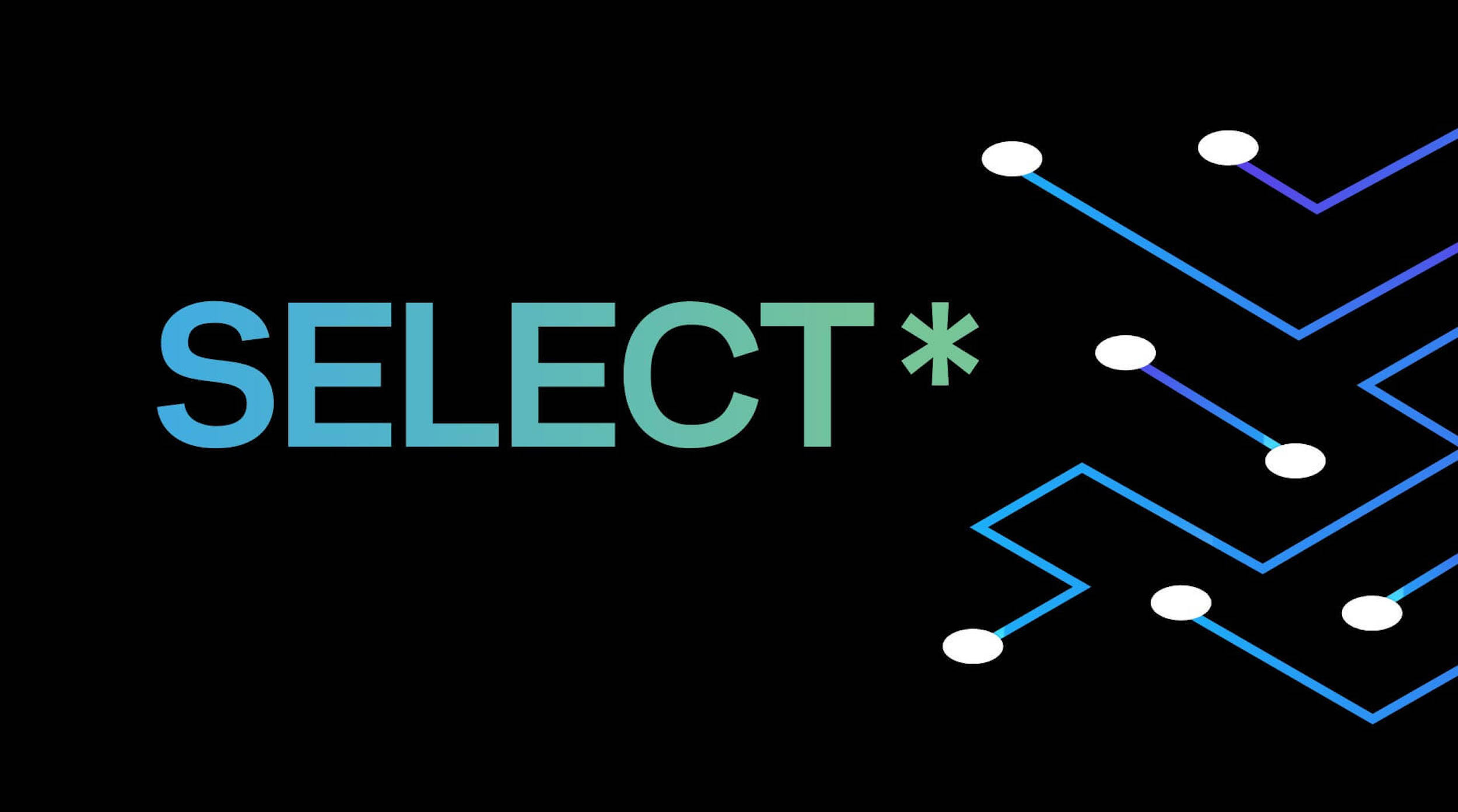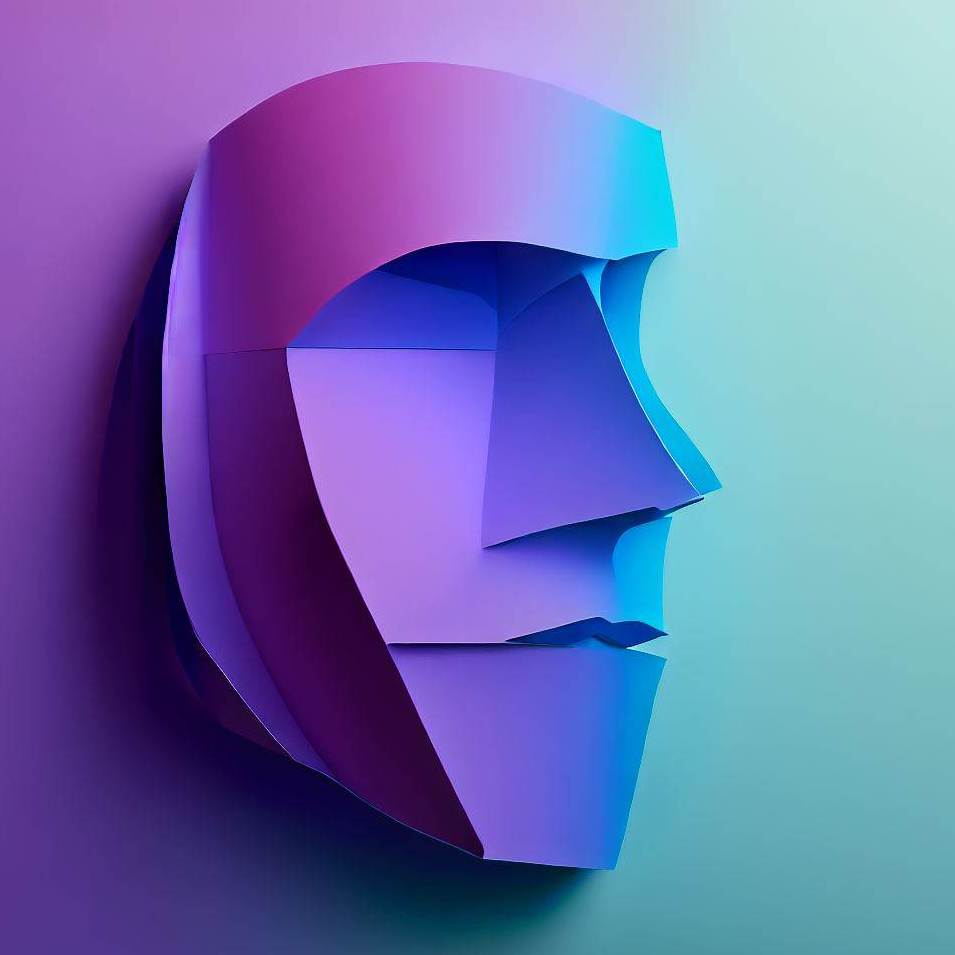At HarperDB our Chief Product Officer Zach spends a lot of his time going to different meet-ups, talking to folks, and investigating different areas of technology in order to plan what the HarperDB future might look like. We, like everyone else in the world, are very excited about how blockchain technology is going to transform a host of industries. One of the areas that we see as likely to be impacted greatly by blockchain is healthcare.
Why Healthcare?
In healthcare we see accountability, security, and transparency as being vitally important to positive outcomes for both providers and patients alike. These three things are often hard to balance. The need to make things secure often means that vital information is not shared with parties who might need it in critical situations. On permissioned blockchains, security can be tightly managed by controlling authorization at a granular level using blockchain keys. This can prevent patient information from ending up in the wrong hands, while easily and programmatically ensuring the correct people have access.
Accountability is incredibly important in healthcare. Patients want to ensure that they are receiving the best care possible and providers are doing everything they can to ensure that patients are receiving that care. Sometimes however, the system is overwhelmed and patients can slip through the cracks. As an example, sitting in the ER for hours while in urgent need of care or mistakenly fulfilling incorrect prescriptions. By utilizing a technology like blockchain the immutable nature of that provides accountability ensuring that it is easy to trace who directed care.
This can also protect providers in our litigious culture as well. Often providers will be involved in lawsuits for minimal and unrelated involvement with a patient. The immutable nature of blockchain coupled with automated data collection can ensure that these disputes are resolved more quickly.
Transparency is also critical to positive outcomes in healthcare. Patients want to understand their care, and providers need a complete picture of a patient’s history. This is difficult today as security is critical and patients are receiving care from numerous sources. Due to the distributed nature of the blockchain as well as granular access control, providers and patients alike can have access to critical information without worrying about security.
IoT in Healthcare
We see the Internet of Things playing a critical role in healthcare. All of the benefits of blockchain mentioned above are excellent, but without accurate data input they become useless. By leveraging IoT devices and IoT sensors along the patient life-cycle, the blockchain can be fed with accurate and timely data points.
Imagine rather than blood work results being faxed to a doctor’s office, the results are read directly from the machine via an IoT sensor, which sends that information to a local IoT device. That device then updates the ledger which then ensures that all subscribers have their results in real-time. This removes transcription error, lost records, and delayed care due to the inefficient processes involved in obtaining patient information. This scenario can be played out through the entire healthcare ecosystem.
HTAP, Schema-less SQL, and Edge Computing,
Throughout Industrial IoT and blockchain implementations we see the need for three critical technologies, Hybrid transactional/analytical processing (HTAP), schema-less SQL, and edge data processing.
HTAP is vitally important in IoT especially in cases like healthcare where real-time results are mission critical to saving lives. Implementing HTAP models are challenging in today's big data landscape and it will be especially difficult in healthcare as blockchain and IoT are adopted. The data volumes will be massive. Imagine IoT sensors reporting on patients vitals which is 4 to 6 metrics per patient and let’s say you wanted to capture this only once a second per patient. At a hospital like the Mayo Clinic Hospital, Saint Mary’s Campus which has 1265 beds - that is 27,324,000 data points an hour.
As we have mentioned in other posts, in today’s data value chain in order to get from data ingestion to analytics there are often many steps along the way. This is because there are a lot of solutions that excel at data ingestion, but then have trouble with analytical processing. In the converse, solutions that excel in analytical processing often have trouble with large scale data ingestion due to their data storage mechanisms. HTAP databases are designed to handle both high-scale data ingestion as well as analytical processing.
As blockchain continues to see high adoption rates we think it unlikely that a single protocol will achieve dominance. We expect to see a landscape where multiple protocols are in use across hospital systems. This will present challenges as providers and patients will want to search across protocols. Databases that can provide schema-less SQL will be critical in ensuring seamless search across these technologies. Traditional SQL databases are too rigid to ingest the ever- evolving blockchain protocol landscape; however, databases with NoSQL protocols are flexible enough for this ingestion. That said, most NoSQL databases do not have the analytical capability to provide the search functionality needed to provide patients and providers what they will need.
Healthcare like many industries will tremendously benefit from big data processing being pushed towards the edge. We have heard stories from medical device engineers that are attempting IoT projects currently where they have had crashes on the device due to latency. This is because in today's data landscape the majority of databases are vertically scaled and require massive compute power to perform processing operations. In healthcare it will be critical to ensure that distributed edge computing databases are available, that can perform processing directly on the IoT device to ensure lower latency.






.png)



.png)
